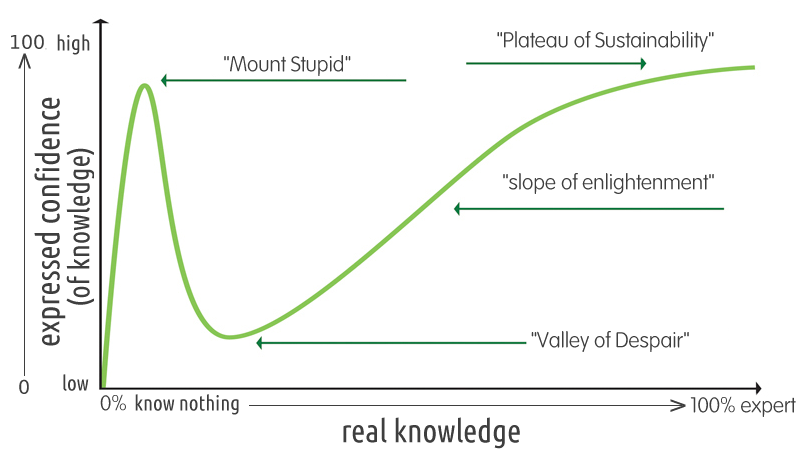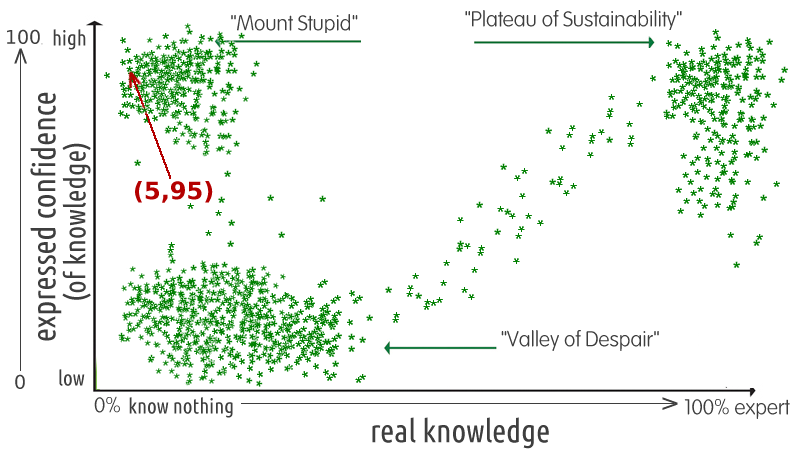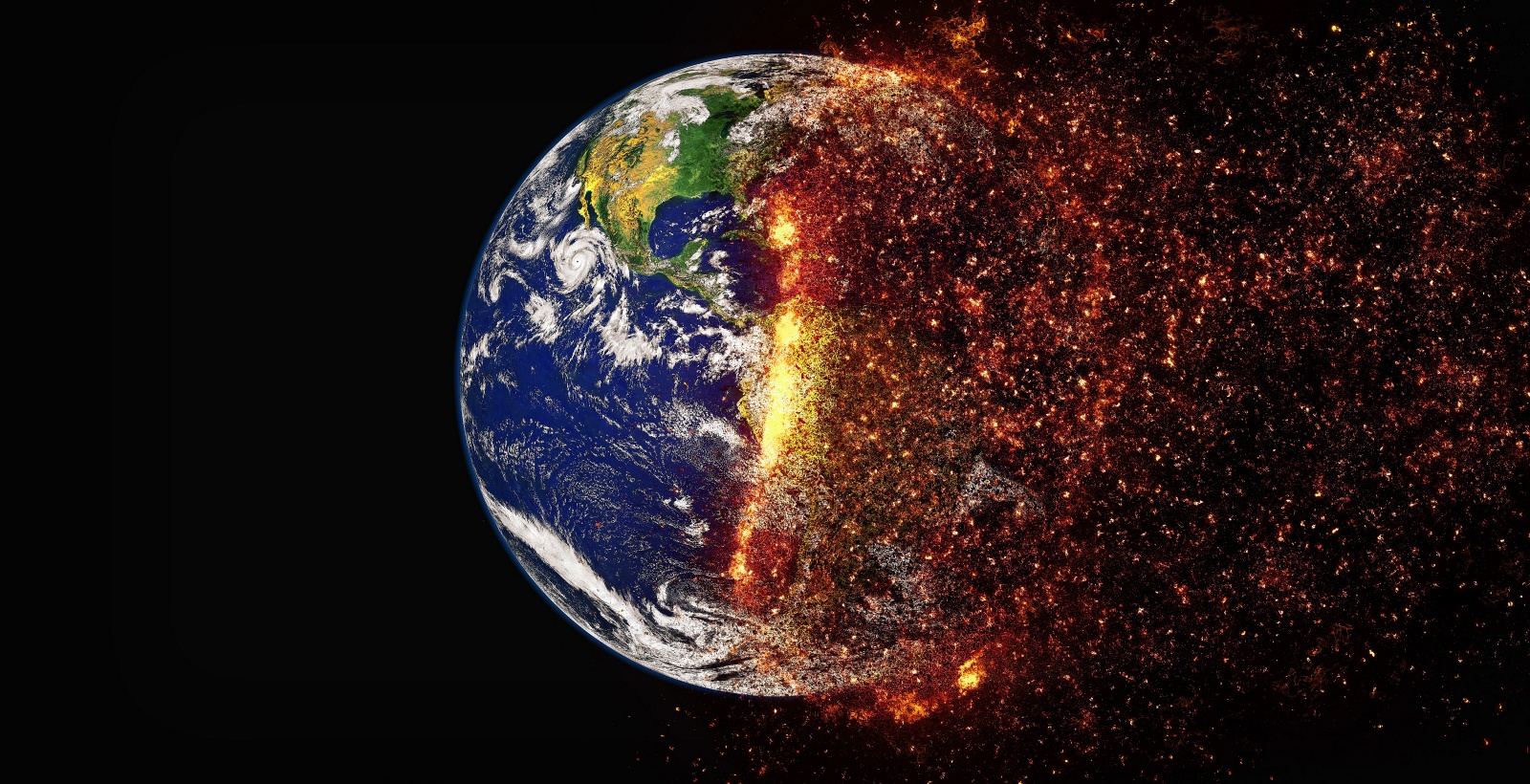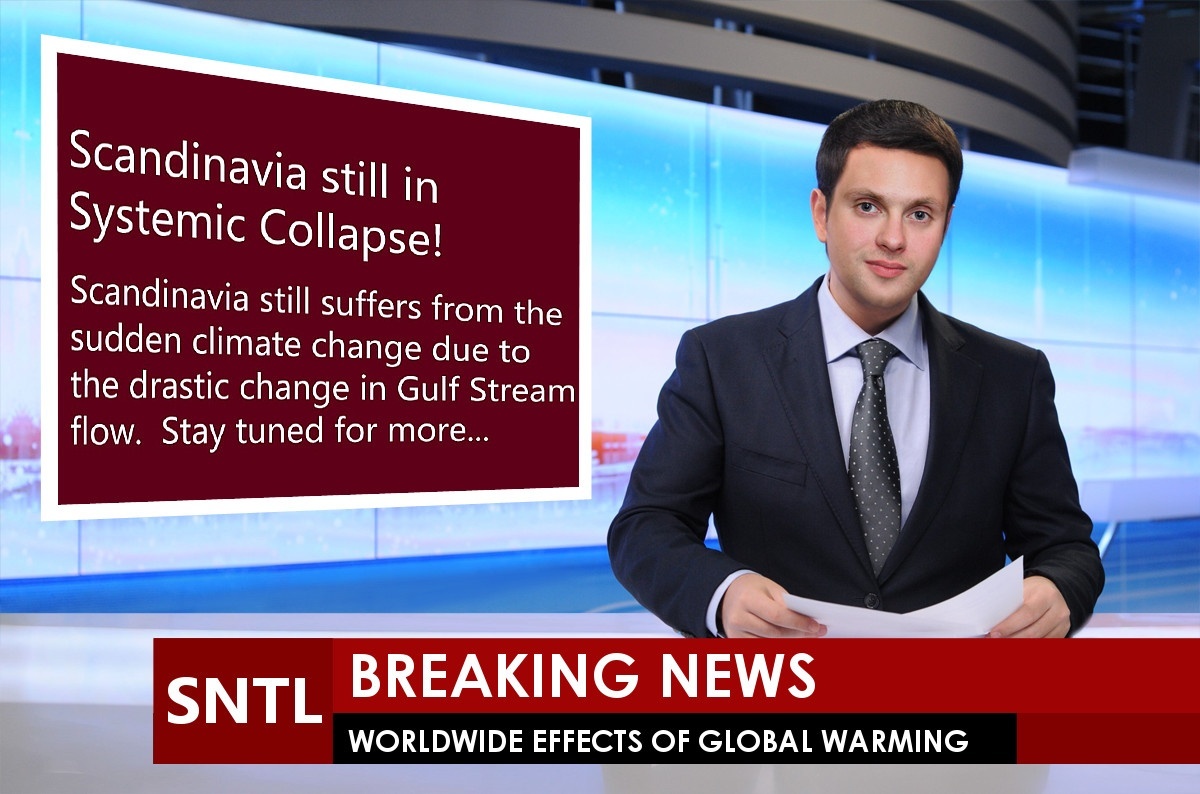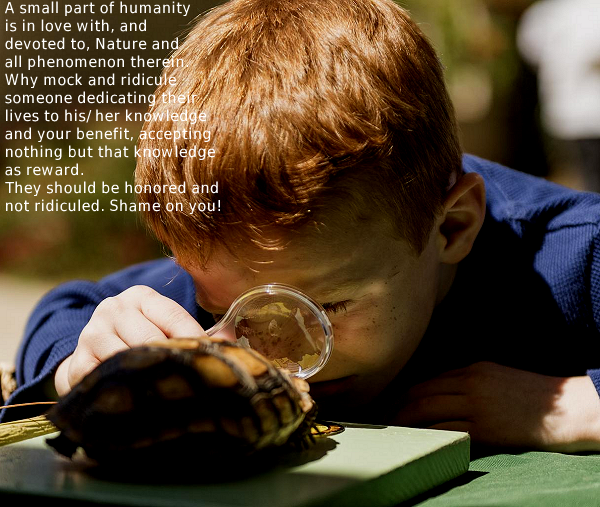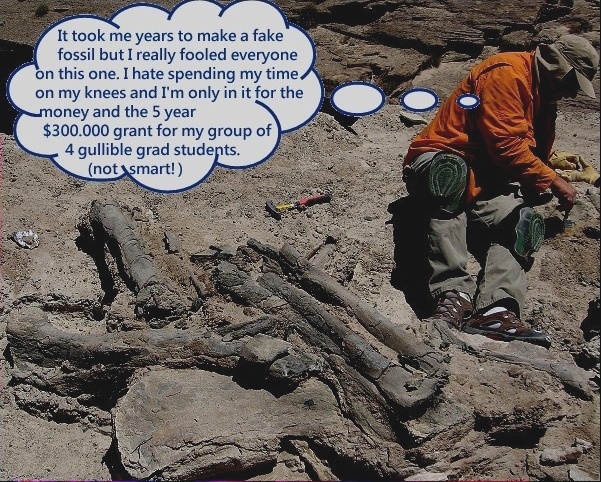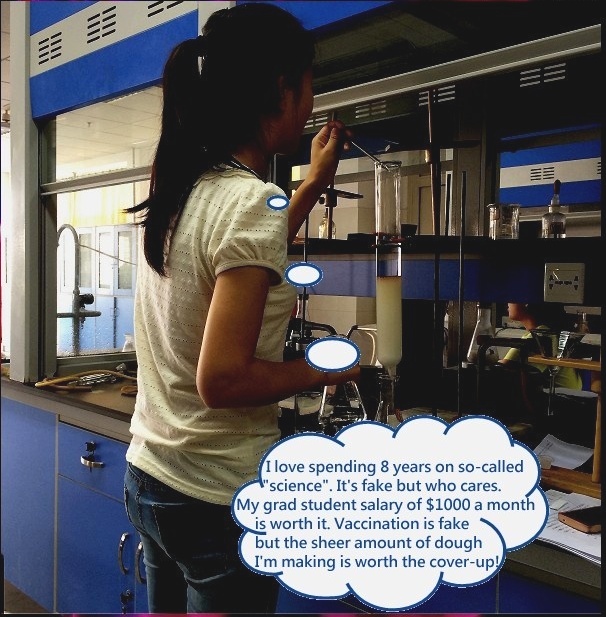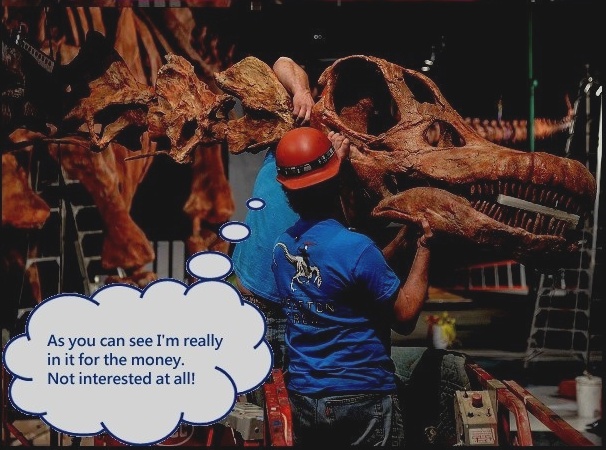We return to the heart of the controversy and begin with a familiar dispute between the combatants
deniers and
proponents and which
is a well-known schism in climatology called the "Hockey stick controversy".
If you look at how the global average temperature has increased over the last 1000 years and squeeze these into a graph, the graph
looks something like
this
,
the x-axis shows the centuries and the y-axis shows the global average temperature measured in degrees Celsius (°C ).
Why the trend is commonly called the Hockey Stick Theory also becomes apparent when you look at a stick
here
.
The origin of the controversy stems primarily from the uncertainty in the measurement method. Some researchers argue, firstly, that the
measurement method(s) are too uncertain to be able to estimate temperatures on Earth as far back as 1000 years with an accuracy of parts
of a degree (°C), and secondly, that even if the trend is correct, it could very well just be natural variation.
We leave untouched whether the measurement methods can handle a resolution of tenths of a degree. Even if we were to refer to research
that says the opposite, this is precisely what the controversy is based on – a different opinion about the validity of that research.
What can be shown however, with a completely adequate resolution, are the carbon dioxide levels in the atmosphere historically.
Carbon dioxide (CO
2) is a chemical substance that leaves clear traces in sediments and in glaciers that persist for hundreds
of thousands of years, which makes an
estimate of CO
2 levels over millennia very easy to measure. The following
image
is from NASA (link goes to NASA) and shows exactly how CO
2 levels have varied over the last 400,000 years.
That CO
2 levels are exceptionally high today and that they also coincide with human industrial development, also appears clearly. But
that is not where the controversy lies. As physicist William Happer points out in the YouTube clip above, CO
2 levels have been much
higher historically, even if that means going back much further than 400,000 years as the diagram shows. And that plants require CO
2
to survive. You even increase the amount of CO
2 in greenhouses so that they grow better! So then high levels of carbon dioxide must
both be better and also be completely natural since we have had much higher levels far back in Earth's history, right?
There is an expression in philosophy and rhetoric called "
Straw manning
".
The term comes from a rhetorical technique where
you establish a position (straw man) of the person you are arguing against that is either not true or at least a position that has
nothing to do with the matter and that the opponent does not even have as an argument, and then you argue against
that position.
As an overly clear example: Two people argue about whether water is good for humans. Person 1 says, "Humans need water and it is
essential for life, otherwise we die". Person 2 then counters with "But how would it work if we drowned the entire earth with water,
then we would have to swim to each other...and where would we live?".
Drowning the entire earth in water was probably not what person 1
had in mind and he probably saw in his mind that it is important to get his 2 liters of water from a drinking glass per day. So how
absurd person number 2 answers is obvious in this particular case, but it can be significantly more ambiguous than that and difficult
to detect and often "straw manning" sounds very logical and consistent as an answer.
To get closer to the rhetoric in this particular text, there is an explicit example that is also included below in the attached
pdf file of arguments/counter-arguments between climate deniers and advocates
of global warming:
Person 1: "We are in a time when the global average temperature has increased over the last 50 years in a way that is unprecedented
in human history!"
Person 2: "Nonsense, in 2017 in Antarctica, the lowest temperature ever recorded on Earth was measured and it started snowing in
New York earlier than in 20 years last year!"
What does person 2 do for 'straw-manning' and thus an error in the argumentation?
The answer is given below in the text but for a student it can be a good exercise. The answer can also be seen
here
.
And to align ourselves precisely with the theme that began this part with straw-manning:
Person 1 claims that: "Elevated carbon dioxide levels have a strongly negative effect on the climate (for us humans) as it causes
global warming which
has a number of consequential effects such as raised sea levels and thus coastlines that risk being moved upwards by several meters.
Several cities but also entire countries that are directly at sea level would then be completely submerged. A number of other
catastrophic climate consequences such as extreme weathers are also at risk of increasing due to an elevated carbon dioxide level."
Person number 2 then says: "But please, someone, carbon dioxide has been a natural part of the Earth's long history and also
significantly higher than now and there have never been any problems before. Plants that we are so dependent on in the form of
cereals, rice and feed for our domestic animals that then give us meat and food, would die immediately if it were not for CO
2.
We would simply die out if we removed carbon dioxide!"
We hope it is clear that this is a straw-manning. Person 2 argues as if:
1/ Person 1 claimed that CO
2 is a new gas that did not exist in the atmosphere before humans entered the Earth's history
2/ Person 1 claims that carbon dioxide is so dangerous or unnatural as a gas that we must aim to remove it completely. And...
3/ Person 1 is stating that plants do not need CO
2 at all.
That is, Person 2 argues against 'scarecrows' that Person 1 did not even bring up as arguments (but it sounds like it).
None of the proponents of humanity having global warming caused by increased levels of greenhouse gases, of which carbon dioxide is one,
claim that plants do not require carbon dioxide. That is high school biology and an argument the proponents do not even consider.
No proponent would ever claim that carbon dioxide has not been both a natural and also a vital constituent of our atmosphere for
hundreds of millions of years.
The Earth's biosphere has itself regulated CO
2 and oxygen levels for millions of years and as we will see in the following text
below, with varying success with regard to Global temperature and life in that biosphere. And absolutely, one cannot but claim that
during these millions of years it has happened naturally. In the sense that humans have not been involved in influencing the levels
of either oxygen or carbon dioxide.
This entire reasoning comes from the only thought that remained after listening to William Happer above: Happer expressed a crystal
clear "Straw-manning". That is, those who are proponents of
increasing atmospheric CO2 levels =>
increased global
average temperature =>
global catastrophes of a difficult-to-predict nature, have no doubts
whatsoever that plants
need carbon dioxide and even less doubts that the earth has previously had even higher levels than today.
That is not even the
issue according to proponenst of global warming. Who has ever claimed that CO
2 is not a natural greenhouse gas and that it
is not needed by plants? It has nothing to do with the
additional effect that increased CO
2 has on the global
average temperature and what the increased average temperature then causes.
However, everyone (both deniers and proponents) is on board that CO
2 is a so-called greenhouse gas, that is, a gas that
affects the global temperature. Other greenhouse gases are, for example, methane (CH
4 ), ozone (O
3 ) and ordinary
water vapor, i.e.
H
2O. As climate skeptics, however, one can still claim that what we are experiencing now are normal variations. And that is the
second question on which the controversy is based.
And there we are happy to agree with the climate skeptics! What we are experiencing now
may be normal variations, even though in
fact virtually all data indicates that we, humanity, are the causative factor behind increased levels of atmospheric greenhouse
gases and thus increased global average temperature.
We are going backwards in Earth's history.
About 55 million years ago, it has been possible to deduce from sediments and the like that the global average temperature on Earth
was about 8°C higher than today's just over 14°C. The average temperature was thus an astonishing 22°C! And we as a society hear
scientists warn of a 1.5-2°C increase and the catastrophic effects it would have on our environment. So the climate skeptics have
a point there, since even a global average temperature of 22°C is thus within the "normal" temperature range that the Earth can have.
If we stop here for a while and recapitulate what determines our climate and what can thus be classified as normal.
The Earth is located at a varying, marginally, but still varying distance from the Sun. The sun also has more or less active periods
where it emits varying amounts of radiation, known as solar cycles.
Since the amount of radiation affects the temperature, the composition of the atmosphere through which the radiation must pass to
reach the Earth's surface or our oceans must also be taken into account. The composition of the atmosphere plays a role in both
directions. It determines how much of the radiation is let in and how much of the radiation that is reflected or "bounces" back is
let out. Of course, this is the process that is the whole point behind the linear connection between greenhouse gases/CO
2and Global
Warming.
Our Earth's axis also varies its tilt towards the Sun in a periodicity of ≈26,000 years and together with the previous three
variables, it can also affect how the climate looks both globally and in different places on Earth. In summary, the following...:
- ☛ the distance to the sun (marginally)
- ☛ the amount of radiation
- ☛ tilt of the Earth's axis
- ☛ atmospheric constituents (such as greenhouse gases)
...are traits that effect the climate.
Then we have natural volcanic activity where volcanic eruptions can also affect our climate. The ash that volcanoes spew out can
lie like a carpet over the earth and thus create a colder climate. That aspect can be said to belong to the "components of the
atmosphere" but for the sake of clarity and because the "components of the atmosphere" affect the climate in a more continuous
way, they are separated. A volcanic eruption in severe cases affects the global temperature for decades, and even if in the
situation humanity is in now it would be equal to a civilizational collapse of epic proportions, it does not affect (human) life
in a longer perspective than that.
An illustration of the effects of large and frequent volcanic activity occurred during a relatively long period between 850 to
630 million years ago, or the so-called Cryogenic period. During that period we had a global ice age where it is believed that
the ice sheets from the poles extended almost all the way to the equator. Calling the Earth a global snowball was not far from
the truth.
So we have the previously mentioned 4 plus volcanic activity which gives 5 external variables that affect the climate. All 5
can interact maximally in one direction and create
global snowballs
or maximally to the other hole and create some shape of
global oven
.
If we were to compile the climate deniers' arguments by building on the main arguments above with (climatological) phenomena or
attributes of today's climate that speak
against a global increase in average temperature, a climate denier's list would look
something like this:
- It is not possible to link the increase in greenhouse gases in the atmosphere to human activity with any significance or certainty.
- It is not possible to link the increase in greenhouse gases in the atmosphere with any significance or certainty to an increase in
global average temperature.
- There are parts of Antarctica, especially eastern Antarctica, where the ice cover is increasing.
- The global warming hysteria entails enormous financial research grants, which means that there is a self-fulfilling incentive for
researchers to perpetuate the concept of Global Warming (and thereby increase the chances of getting a share of the enormous
contribution cake these grants bring with them).
- It is not possible to link with any significance or certainty examples of extreme weather conditions or conditions such as:
-more and stronger hurricanes
-local heat records
-melting of the Arctic polar ice cap
-coral death in the world's oceans
-Dry seasons
-thaw of areas of permafrost (i.e. areas where the ground never has time to
thaw during a usually short summer)
-reduction of the number of insects
-more local tornadoes
-The Gulf Stream is weaker than it has been in the last 1,000 years
...to neither Global Warming nor human activity
- CO2 is not a dangerous gas, it is completely natural and plants require CO2 otherwise they will die .
- The warmest year in history was 1934, but no one was talking about global warming then.
- The predicted rise in sea levels was wrong. The rise was smaller, which shows how unreliable the models are
- And then the most important general point: Even if the global average temperature were to increase and also be the cause of the
extreme weather conditions or states above - it is constitutive and part of completely natural variations in the Earth's climate.
- And finally: The coldest temperature ever measured in history occurred in 2017
There are a couple more arguments, but we have covered the most important ones.
For a more illuminating overview of the climate deniers' arguments and what is used as a counterargument, you can read it
here (for mobile, horizontal mode applies), otherwise the same page is available
in a PDF compilation
here.
As scientific editors for this site, we have extensive experience in scientific research and know that fabrication of data and research results is
extremely unusual, and in this case it would also involve a worldwide conspiracy of researchers who unanimously agree on a
platform of results that point towards global warming caused by humans (without it being so). The information logistics that would be
required for such a scenario and the immense complexity of measures that would be required to hide that conspiracy, seem so utterly unreasonable
to someone who knows how the scientific community works. Just such a filter as what
Peer-review
* entails, makes the conspiracy
approach disappear on its absurdity – false or bad research does not pass such a filter and if the opposite were true, that Global
Warming is made up, all that is needed is to publish results that show it.
If it were not for the first objection about the unreasonable worldwide complexity of cover-up measures the
Peer-review
objection would be dismissed by a conspiracy theorist as such a step would of course already be part of the conspiracy. Even the
reviewers,
peer-reviewers, are part of the conspiracy in that case.
Apart from the conspiracy approach, essentiell.org cannot help but agree with all the other points above. The proponents would do the
same but at the same time scratch our heads a little and wonder what the above has to do with anything?
The only thing that the skeptics and the proponents completely agree on regarding the things that have to do with the matter is
that the Global average temperature is increasing. If you leave aside how much, how fast and why. Period.
So, what most skeptics can also agree on is that it also looks like a
trend. Because even though skeptics can see that it seems
to be a trend (that can be reversed ant time), let's just assume for all intents and purposes that it continues to increase.
If there are any skeptics reading this, don't
get caught up in the 'what's-the-cause-step' and whether it is important to determine the human impact on global warming. It would be
like stopping at
the edge of a cliff and a collapsed bridge and ignoring all the cars driving past on the bridge and over the edge, and at the same time standing
and focusing on what caused the collapse instead of putting up stop signs for the cars. Quite frankly, ignore the cause if it stops
you, the edge of a cliff is still an edge of a cliff.
And to counter the counterargument: "
- How do you know it's a cliff at all? - The Earth and the Earth's
biosphere have withstood much greater temperature variations over millions of years!"
The problem is that even if the trend is classified as a normal variation, seen from a historical perspective, it can have
catastrophic consequences for
today's man todays
hymanity today's
civilization.
A Stone Age man up untill a man
pre-urbanization, was extremely flexible in his way of life and could adjust and migrate
even if temperatures could change. Even seen from such a narrow perspective as a couple of decades with global average temperatures
varying a couple of degrees within that period, one could parry by simply moving to areas with a better climate.
Regardless of migration routes for the early man-kind, one had one's entire life within a radius of 50 meters. And that radius was his/her
life throughout his/her life, even during the migration itself. Meaning that even though entire 'clans' migrated, the nature and life that
impacted you was always within a 50m radius even though that 'impact circle' followd the migration. There was nothing outside that
circle that mattered. That was as far
as one could see with any greater resolution and that was as far as one could shoot an arrow or throw a spear with any greater precision.
As everyone can easily see, that is not the case today. That increase and the effect it would have on global infrastructure and
logistics - we are hardly adapted for
that. In any way. Our food sources are not within a 50m circle but litterlaly comes from all around
the globe that relies on the fact that global logistics function. We would experience systemic collapses that we cannot even imagine. Our
lives depend fundamentally on everything that happens within a radius of 6,371,000 meters.
So even if one has to agree with the skeptics that it could be a natural variation, let's agree and quickly look past whether it
is natural or not and just look at the consequences of a globally increasing average temperature that increases ≈2.4°C by the year
2050, which it is at the current rate. Reference
here (Swedish), based on data from
here (English).
And since the possible catastrophic consequences will also affect the children and great-grandchildren of you skeptics, let's just
assume for the sake of argument that it actually:
- ...is a trend and that the average temperature will continue to increase.
- ...may be completely normal variations. There is no controversy there.
- ...and put behind us whether it's normal or not and whether plants like CO2 . They do. There's no controversy there.
To recap and to make this a bit more difficult, just because the coldest recorded temperature ever was measured locally in Antarctica
as recently as 2017 and that plants are digesting carbon dioxide, should Global Warming be on the rise? And we, humanity, can easily
carry on as usual because the temperature will start to drop again, right?
We also want to bring skeptics on board with this argument, at least if there is anyone decent reading this and might actually be
hesitating. The fact that we can only carry on clashes fundamentally with all the real and data-driven results that point to the fact
that even Trump's and Bolsonaro's great-grandchildren (&asympt;2100) risk living in a completely collapsed society where the world's
coastal areas have been submerged in rising sea levels and huge agricultural areas are parched and 20 million to 1 billion of the
world's population live in starvation conditions as climate refugees, reference
here from 'The Intergovernmental Panel on Climate
Change', IPCC.
1 billion is of course 'worst-case' but on the other hand 'worst-case' is actually based on the fact that the global average temperature
continues to increase at th e
same rate it is now. Today 2025, there is no indication that the increase in global temperatues are declining,
rather the opposite. We as a global society, as incredible as it may sounds, are actually just driving on as if nothing is wrong.
Not many of the climate commitments we sign internationally are actually implemented. For example, in 1999 the Swedish Parliament
adopted 16 environmental and climate goals that were to be met by 2019. 15 of these have either not happened or, even worse, the
situation has become more poorly. Reference
here
from the Swedish Environmental Protection Agency (Naturvårdsverket).
It is still Sweden. The USA and China are even reluctant to enter into any agreements at all.
The real danger lies in so-called 'run-away' effects, i.e. a climate scenario where we have passed the point where international
agreements or commitments to reduce the factors that affect a rising global average temperature no longer matter. We could end up
in a situation where we decide overnight to live at an emission level equivalent to a Stone Age society, and it wouldn't matter –
at all. The temperature would increase and increase and increase to some kind of plateau temperature that in all comparative aspects
to today's Western welfare society, would most likely be categorized as anarchy and system collapse.
We have other planets in our solar system where this has happened...in a completely natural way if you will. On Venus it is today
≈450°C on the surface.
The above is hypothetical reasoning, it is in the nature of the question, and of course only
possible examples of risks and global
conditions but we are not talking about parts of a percent here, but definitely several tens of percentage points -
if we continue
at the current pace of greenhouse gas emissions.
The comparison with Venus is, however, only an indication of how high the temperature
is and that it is due to a 'run-away' effect initiated by Global Warming. Scientists are today largely agreed that the Earth cannot
be affected in the same way as Venus' run-away-caused greenhouse conditions are induced by completely different mechanisms.
But if we continue at the current pace of increased greenhouse gases and the rate of Globally increasing average temperatures,
we will end up in gradual catastrophes and collapses in ways and measures that are therefore difficult to overview. If anyone
thinks that scientists mainly disagree about this, they are WRONG. At the current rate, and there is
nothing to indicate a different
curve, we are on our way to a 2° increase (around the turn of the year 2038-2039) of the Earth's average temperature compared to
pre-industrial times. Under these premises, the only thing people disagree about is, for example,
when the Arctic will become
ice-free in summer,
when the permafrost in the northern hemisphere will begin to melt under a run-away effect,
when 100% of all the
Earth's coral reefs will die,
when southern Europe and large parts of Africa will be classified as unusable desert...etc.
Most agree that we have already passed the threshold for future disasters, we can only regulate the degree of disaster. Some scientists
har passerat tiden för att göra något åt över huvud taget. Läs mer
here från 'Union of Concerned
believe that we have already passed the time to do anything about it at all. Read more
here
from the 'Union of Concerned Scientists' and here in an article from Science Magazine ™ .
A short summary of the effects of current, continued, greenhouse gas emissions to the year &asympt;2100:
(WIKI references
here, also with linked material therein.)
Africa:
Hundreds of millions will become "climate refugees" as droughts will hit this continent extra hard. It will simply not be possible to
grow anything. Large parts of southern Africa and the Sahel region will become uninhabitable for humans. Very high risk of increased
regional armed conflicts if the resources that are depleted due to drought are not used up.
Asia:
When the glaciers in the Himalayas melt, the drainage rivers, Ganges, Brahmaputra, Yangtze, Mekong and Indus, will be hit very hard.
Billions of people will become climate refugees and will live on the verge of starvation. Bangladesh risks losing half its land area
due to rising sea levels. A relatively moderate increase in the global average temperature of 2°C in this context and as of today means
a run-away effect of the thawing of the Siberian permafrost layer. And the effect of this is predicted by many to be a goodbye to the
civilization we know today.
Europe:
The southern part would still be habitable but unusable in terms of agriculture or farming. Most of the surface of Spain would be
defined as "desert area". However, Northern Europe and Scandinavia are one of the few areas on Earth that would benefit from a
continued global increase in the average temperature.
North America:
The northern part of Canada has the same conditions as Siberia regarding the melting of the permafrost. Large parts of the US
"breadbasket states" would both be affected by such a drought that cultivation becomes impossible and be affected to an even greater
extent by extreme weather such as tornadoes and massive hailstorms. The western US and California risk becoming almost uninhabitable
and in the category of "desert area".
South America:
Due to the melting of the glaciers in the Andes, countries such as Peru and Bolivia risk becoming completely uninhabitable due to
water shortages. This will (not maybe) begin in 10-20 years. If the global average temperature is around 3°C, which is guaranteed
to happen if we reach 2°C and the permafrost in Siberia and Canada melts, it's goodbye to the Amazon. The Amazon will be wiped out.
Oceania:
Between 30-50% of all small (atoll) islands will cease to exist and must be evacuated. (This fate is shared with low land islands and
atolls like the Maldives in the Indian Ocean). Australia, apart from the coastal areas, will essentially become uninhabitable in terms
of a normally functioning society due to extreme heat and prolonged dry seasons making it a literal desert.

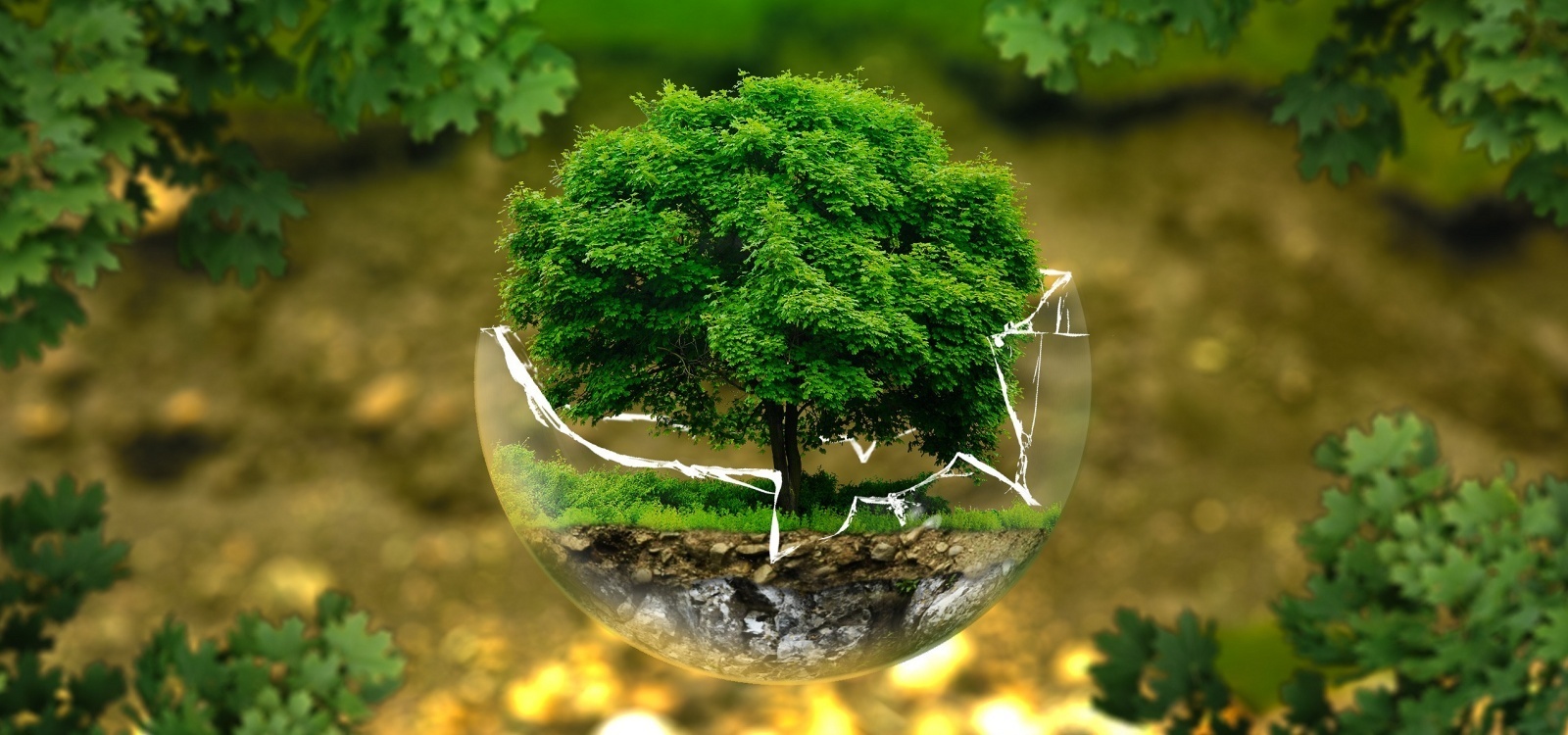
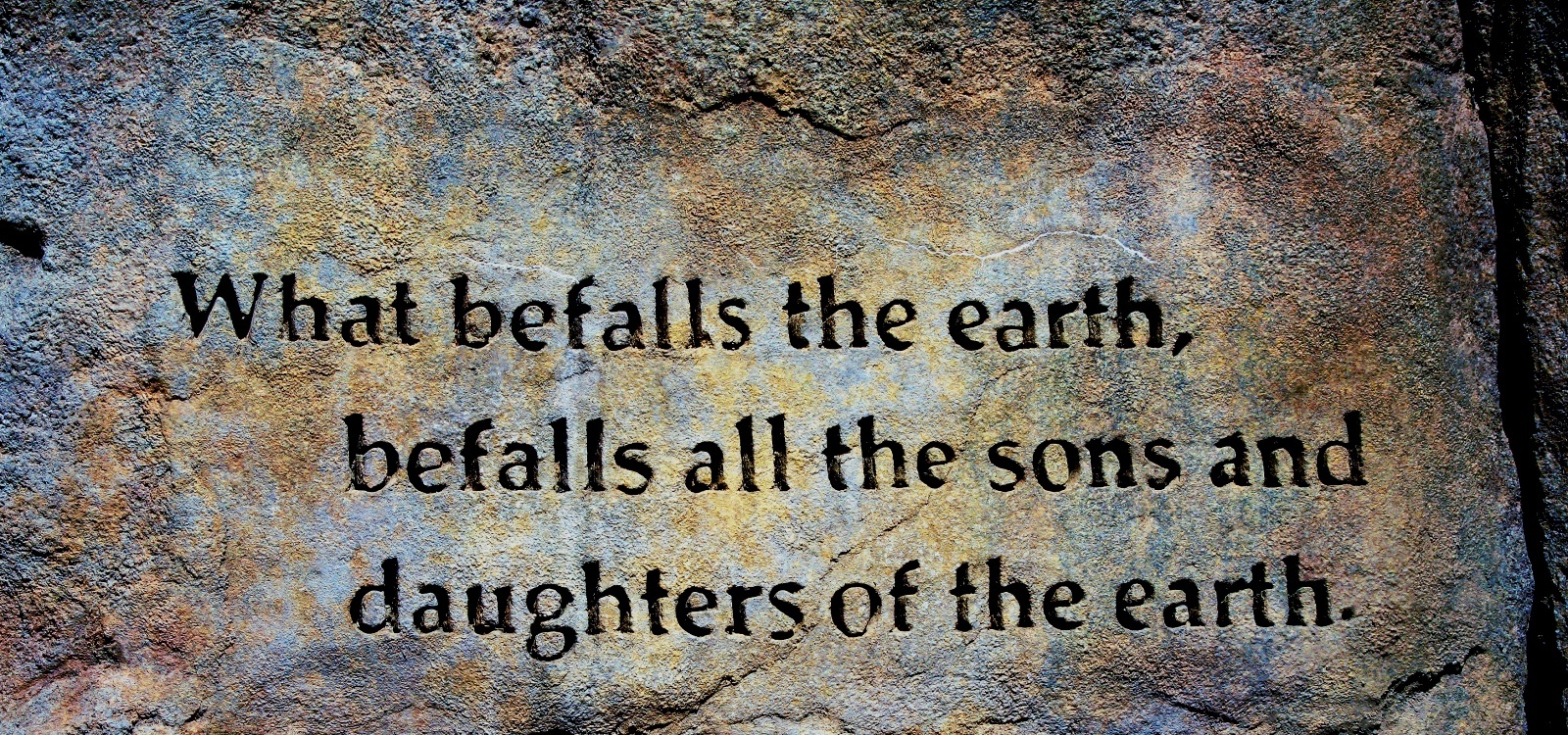

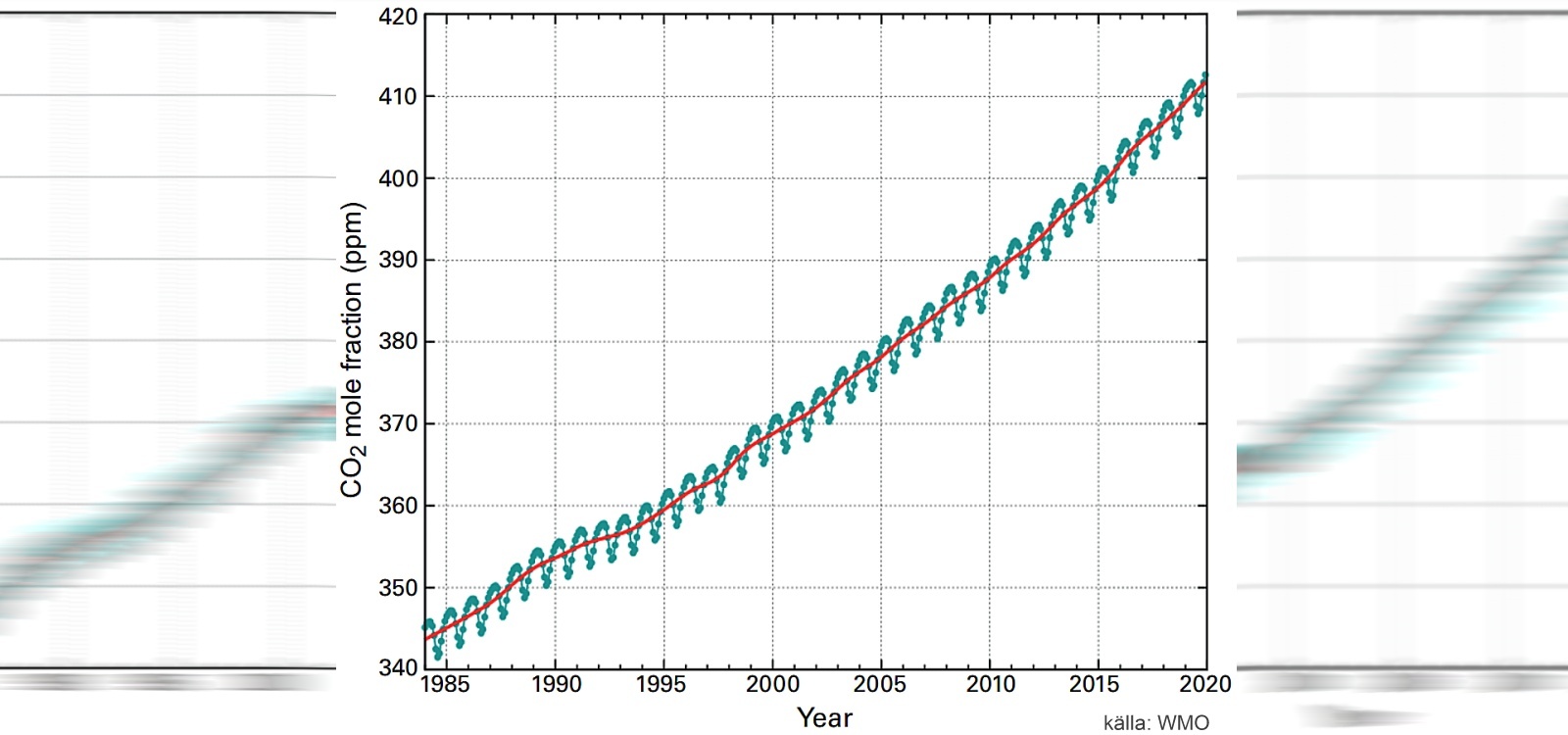
 )
)



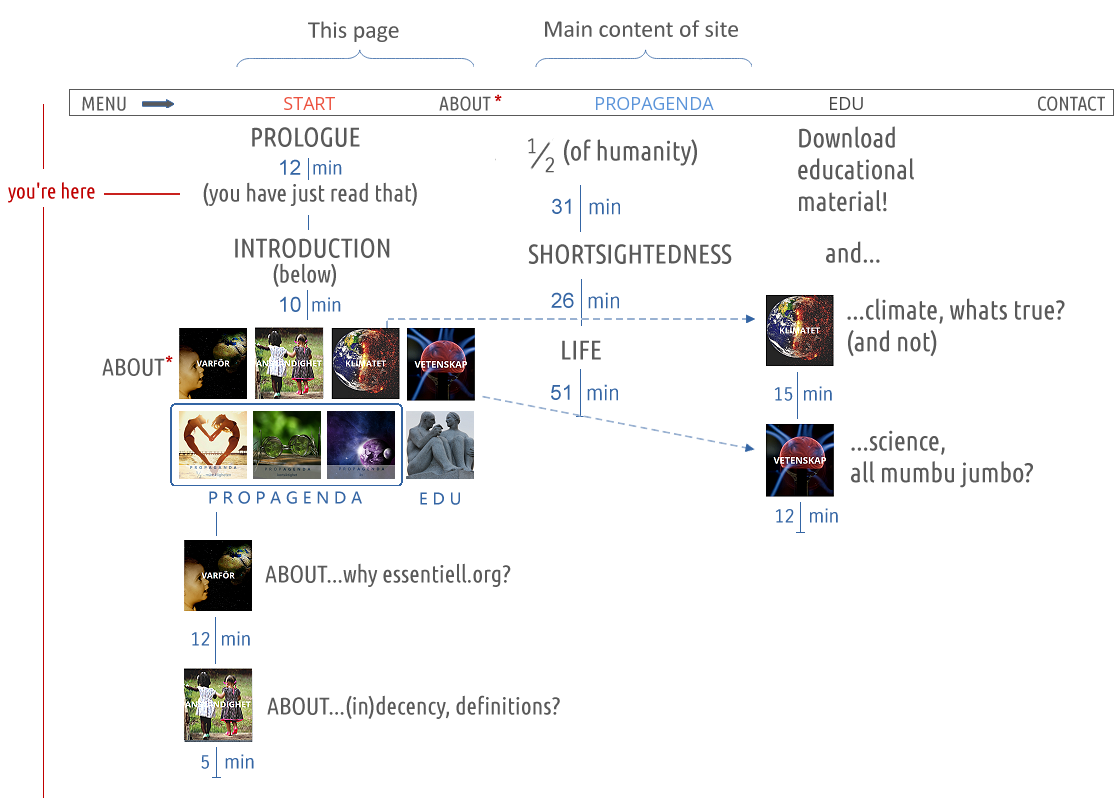

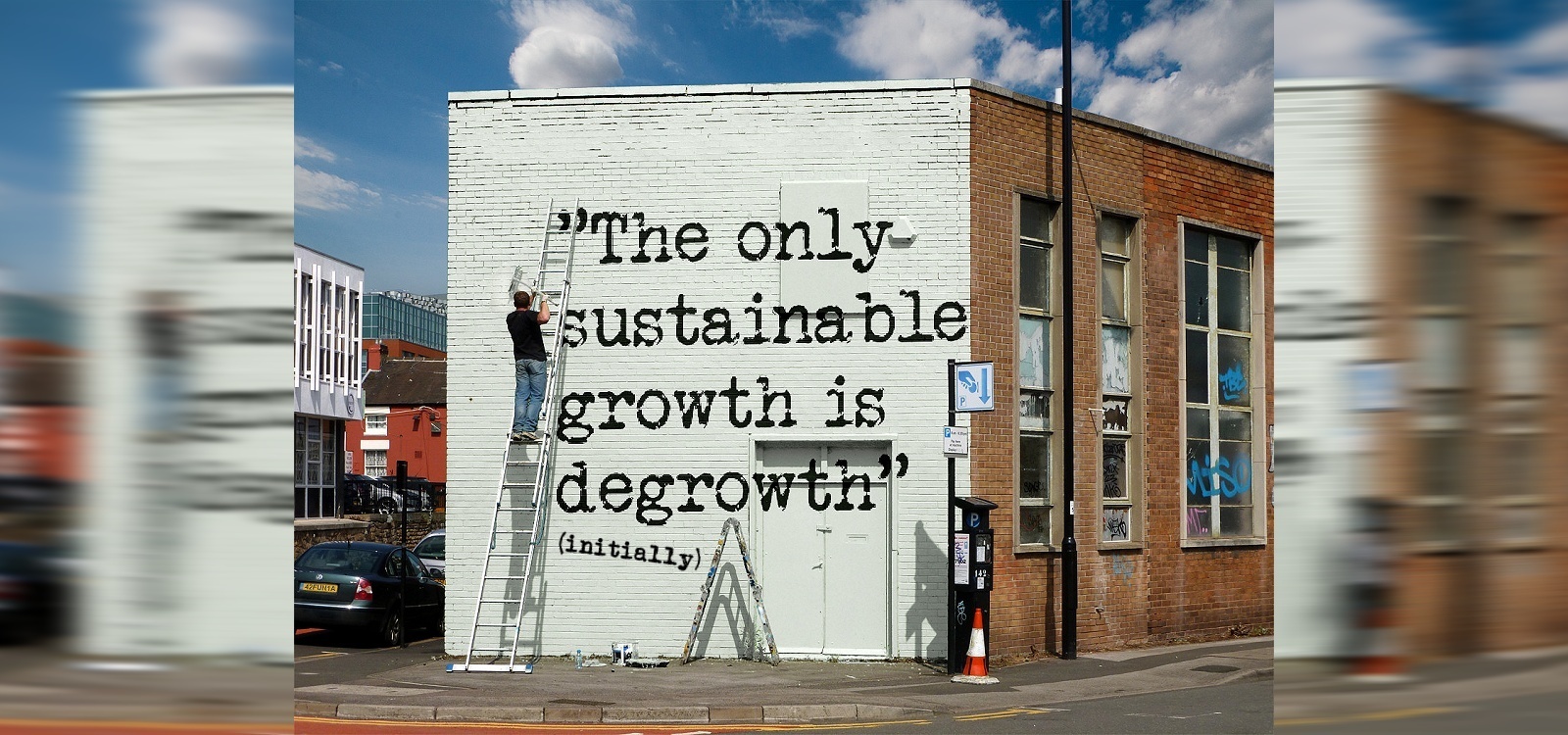
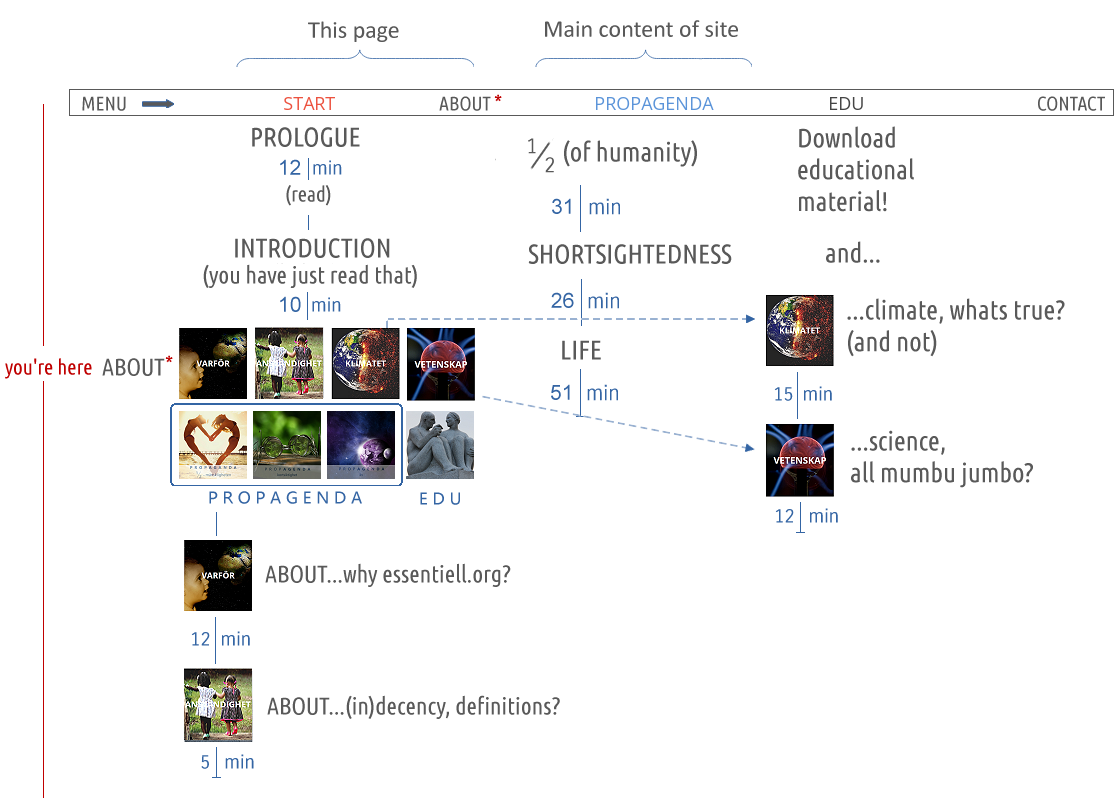
 ) encouraged belonging to group X.
) encouraged belonging to group X.